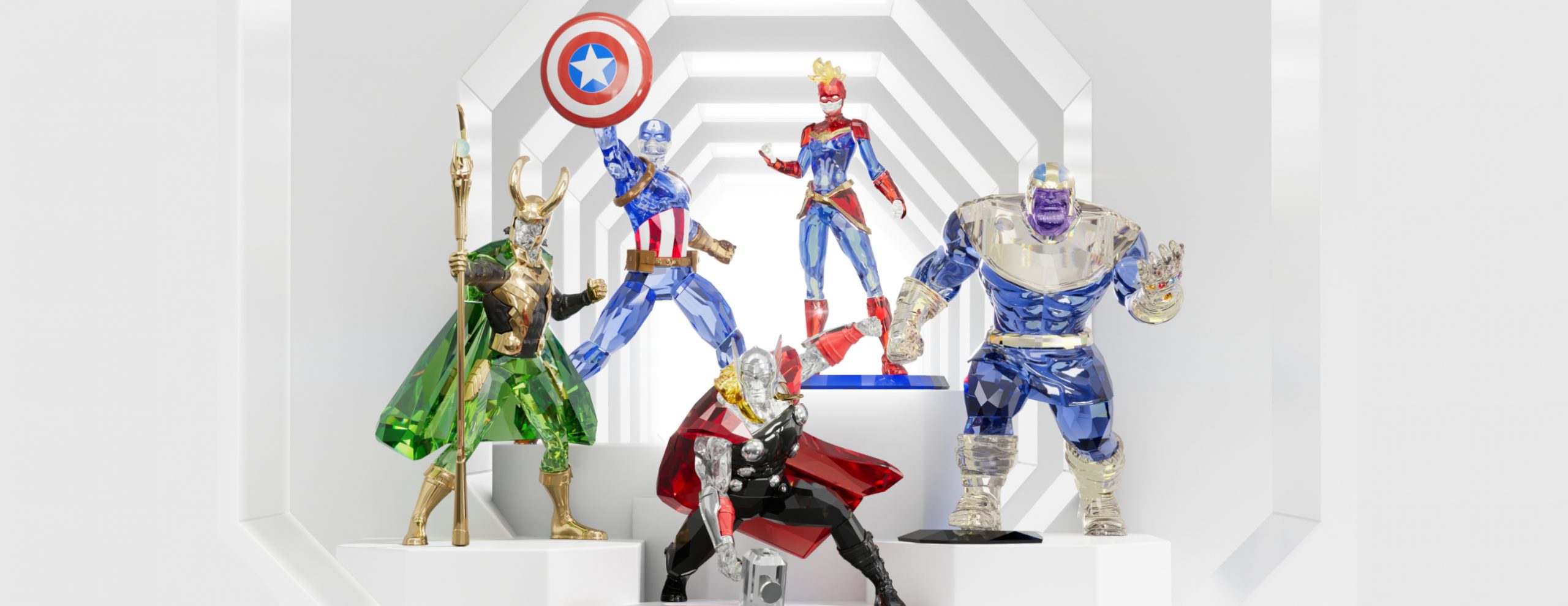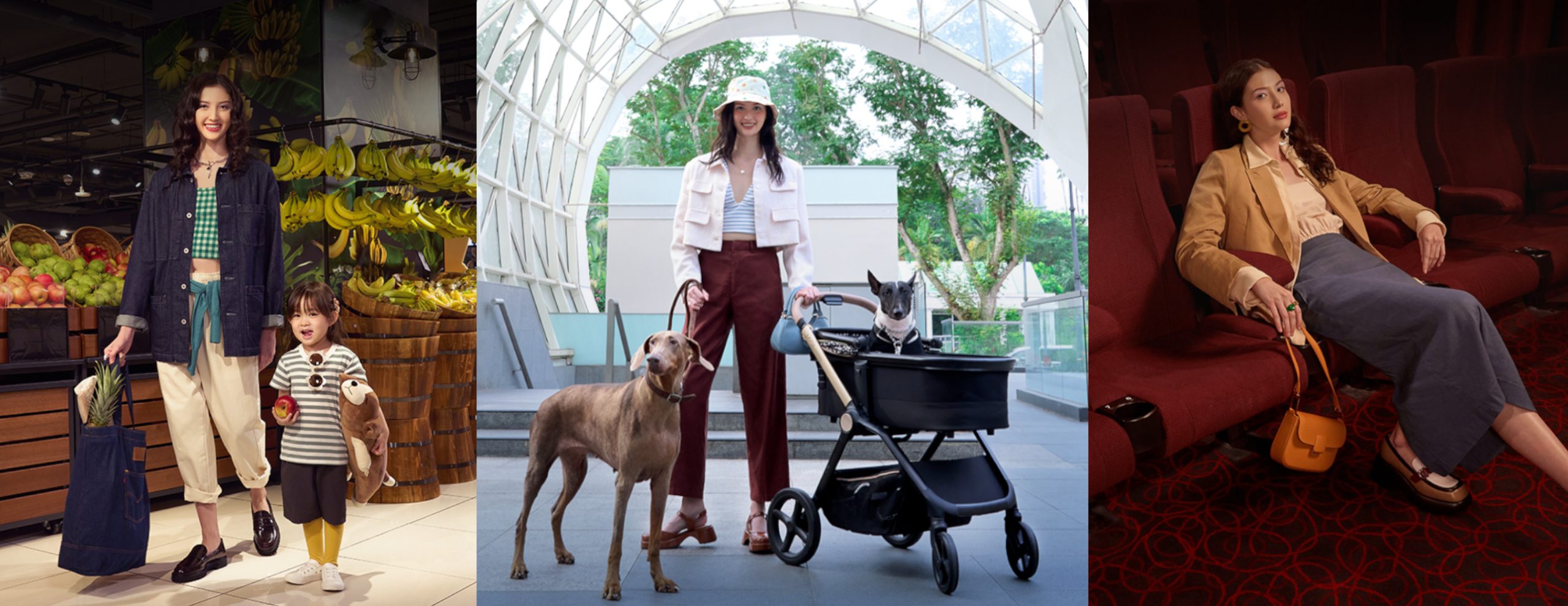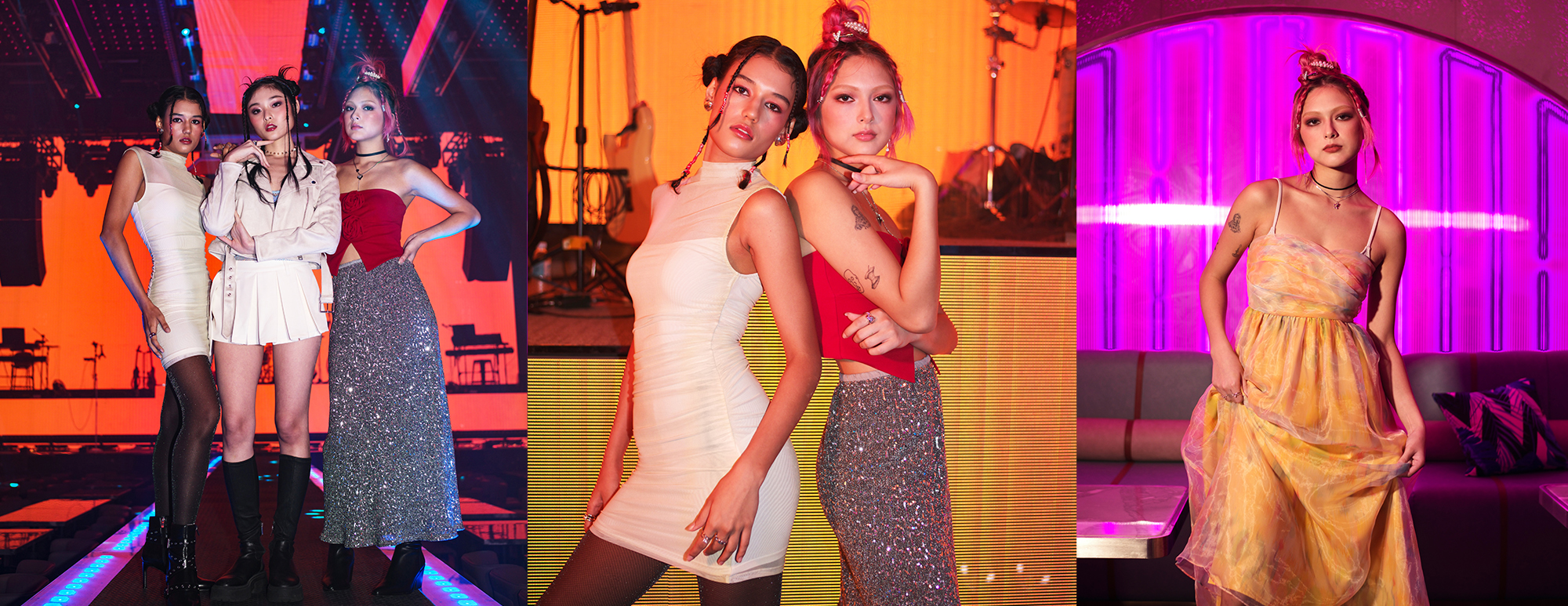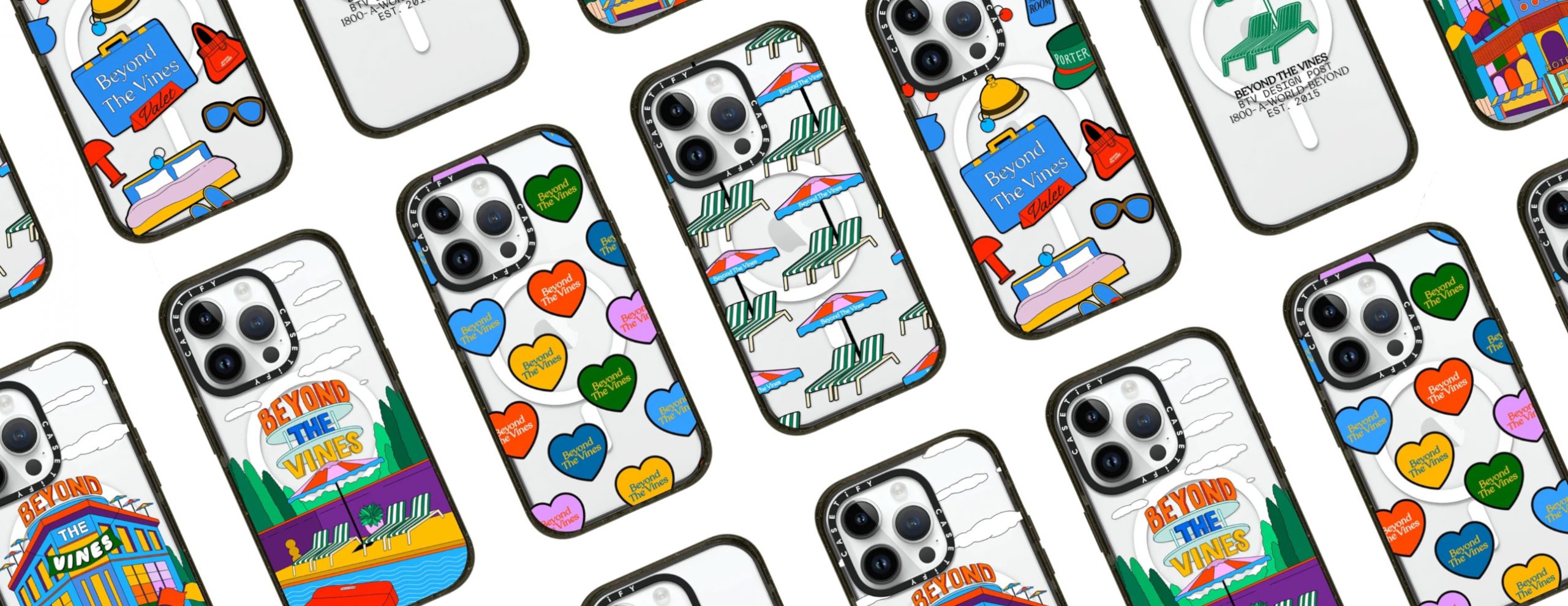Climate change is real, and so is the booming sustainable fashion industry. We, as consumers, want to feel good about the clothes we wear. That means clothing made of eco-friendly fabrics and by workers who are paid a fair wage. While it’s easy to find brands that claim to be eco-friendly and sustainable, it is much harder to find brands that are truly environmentally friendly, or at least as sustainable as they claim— some are even guilty of greenwashing.
Greenwashing happens when a brand claims to be sustainable but do little to uphold their claims; it’s misleading, and especially unethical to the consumer. After all, an important aspect of fair fashion is transparency as it helps us understand how much a company is, and isn’t, doing to be more eco-friendly.
So, we’ve done the hard bit for you and sifted through all the greenwashing and flashy advertisement to figure out if your favourite sustainable fashion brand is truly, as good as they claim to be.
Reformation

THE GOOD
Raw Materials
This cool-girl approved eco-friendly fashion brand markets itself as the second-most sustainable option (being naked is #1). It’s like Zara, but better for the environment and considerably more expensive. Reformation prides itself in putting the environment first, and most of their claims hold up. 65% of all fabrics used are environmentally friendly, such as TENCEL™ , vintage fabrics and an array of recycled natural fibres.
Social & Environmental Responsibility
They have been carbon-neutral since 2015 through a variety of carbon offset programs and are Climate Neutral. They also have plastic-free packaging, opting for online orders to be packed in a vegetable bag that’s 100% compostable instead of plastic. Furthermore, 65% of manufacturing is done locally in LA and 95% of their workers are paid a living wage, with a goal of 100% of their team to be paid fairly by early 2020.
Transparency
Sustainability reports are released yearly and quarterly so that consumers can further educate themselves on the brand’s sustainable practices. These reports are also a great way to hold a company accountable for what they have and haven’t done.
THE QUESTIONABLE
What Isn’t Said
Their ‘Refscale’ that is featured under the sustainability tab in most of their items tells you how much CO2, water and waste you’ve saved but not how much was used to make the item of clothing, which is in our opinion, the more important aspect of the production line. This information is also not available to all items. Furthermore, a large percentage of their clothes are “dry-clean only”, a process that uses percholoroethylene (perc) which is toxic to humans.
Additionally, while their website states that their other manufacturing partners “share a common vision of sustainability, accountability and transparency“, it’s worth noting that by their own rating, only 30% of their factories truly meet their standards, with 15% having safety, health or labour related violations.
Verdict
Overall, Reformation is doing better than most with their commitments to the environment, which is commendable. They hold themselves accountable and have made long-lasting efforts on all fronts to be more environmental. Sustainable fast-fashion might be a little oxymoronic but if you’re going to spend $400 on a dress to look stunning at a wedding where you’re hoping to catch the eye of a groomsman, at least you can boast that your dress saved 8lbs of CO2!
Everlane

THE GOOD
Transparency
This Californian retailer that has taken Silicon Valley by storm is almost synonymous with timeless styles and affordable prices. They are known for their “radical transparency” model that shows buyers where their clothing is made, a cost breakdown and a comparison of their price vs other retailers.
Timelessness & Eco-Friendly Denim
Timeless designs are key to Everlane’s sustainability, choosing plain T-shirts over frilly, low cut tops. As their founder touts, “you do not get laid in Everlane”. After all, owning one high-quality T-shirt that lasts is better than buying one low-quality T-shirt every 2 years.
Their jeans, are also made with one of the most sustainable factories in the world, Saitex. The factory recycles 98% of their water and sends their sludge to a nearby brick factory to be mixed in with concrete. 85% of their jeans are also air-dried, reducing their overall CO2 emissions.
The Questionable
Raw Materials
Over 90% of Everlane’s products are made from natural materials such as leather, wool, cashmere and cotton, which may be a good thing to most as that means only 10% of their materials are synthetic, which helps to reduce the use of plastic. However, while biodegradable, we might want to consider the strain natural resources pose on the environment as well, whether it’s how GMO cotton places a strain on farmers as it does not reproduce or how 1kg of leather uses almost 17,000 litres of water. The cashmere, wool and leather industries also have a slew of animal welfare issues that is a major cause for concern for ethical consumers.
What Isn’t Said
Some of Everlane’s factories boast fair wages and women’s health initiatives, however, this information is not available to all factories. Some feature how they treat workers, while others do not state their social commitments at all. Furthermore, while all vendors have to adhere to Everlane’s “Vendor Code of Conduct”, it is unclear how often these factories are audited to ensure that they continue to adhere to these standards. This might be less concerning if Everlane did not actively attempt to shut down worker’s unionising attempts and advised its employees to “not talk about wages with co-workers”.
Verdict
The most radical thing about Everlane might be their marketing. “Radical transparency” doesn’t mean anything if there is an omission of crucial information such as worker’s wages and textile sources. Furthermore, Everlane does not mention any sustainability goals and are unclear if the are working to make their clothes more environmentally friendly. A lack of an annual report also leaves consumers guessing as to how well they are performing. If you’re looking for simple everyday clothes you’re better off at Uniqlo, who at the very least, uses eco-friendly cotton (and is considerably cheaper).
Join Life by Zara, Oysho, Massimo Dutti, Bershka, and Pull&Bear

The Good
Environmental Responsibility
Fast fashion giant Zara launched its eco-friendly line, Join Life, in 2015. Since then, they have adapted their stores to be 100% eco-efficient, with 20% of their products sustainably produced. Join Life has also expanded to incorporate other brands under Iditex. By using more sustainable raw materials (organic or recycled cotton), ethical suppliers, and having a lower overall environmental impact. Factories have to comply with strict requirements of clean water waste and the use of cleaner chemicals.
They also aim to be Zero Waste to landfills by 2023, with 88% of their waste from distribution centers being reused or recycled. Zara also has garment collection boxes in most stores for customers to discard their pre-loved items to be donated or recycled. Join Life is also fur free, cruelty free and source skins and animal products from animals who were not exclusively sourced for their skin, shells, horns, bones, feathers and down.
Social Responsibility & Transparency
Inditex is part of the Fashion Pact that aims to shift the industry towards a more sustainable future. They have programmes that ensure the well-being of factory workers are being looked after, by providing them with training, living wages and other basic rights and protections. They also invest in R&D to develop sustainable practices in the production line and conduct regular social audits to ensure that factories are up to standard. Inditex also provides yearly reports on their sustainability and have pages of information regarding their sustainability efforts.
The Questionable
Only a small percentage of each brand’s collection is part of Join Life. 20% of Zara’s entire collection, and 13% of Bershka’s. Massimo Dutti, Pull&Bear and Oysho did not state how many of their products are part of this program, although each have a collection of clothing under Join Life.
Verdict
Big strides must be made for Zara and other brands within Inditex to be considered truly sustainable, but it is nice to see that fast fashion giants are becoming more conscious of their impact and making an effort to be environmentally friendly.
Resources For Shopping Ethically
If one of your new year’s resolutions is to shop more ethically, we’ve curated a number of resources that could come in handy:
- Good On You is an online publication and an app that provides trusted ethical ratings on all your favourite brands, so that you can wear the change you want to see. They rated Reformation “Good“, Everlane “Not Good Enough“, and Zara “It’s A Start“
- The Ethical Fashion Guide is a great resource for anything and everything related to sustainable fashion.
- The Ethical Fashion Report 2019 not only rates companies on their performance for the year but is also a great educational resource. (Zara was rated A while the other brands were not listed.)
Choosing to buy clothes from environmentally conscious brands is a big step towards leading a sustainable lifestyle. However, the easiest way to shop sustainably is, ironically, to shop less. Try consuming with intension next time you go shopping. Ask yourself, do you really need this particular item of clothing? How much wear will you realistically get out of it? And finally, do you already own something similar? As we hold companies accountable for their environmental impact, we should also be holding ourselves accountable for our purchases. Afterall, having a shirt made out of recycled plastic water bottles sitting untouched in your closet isn’t better than something from H&M that you wear regularly.
Banner images sourced from Everlane, Zara, and Reformation.











You must be logged in to post a comment.